(Beyond Pesticides, November 27, 2019) This Thanksgiving, Beyond Pesticides is drawing attention to research which underscores the current value of Indigenous knowledge and rights in the global fight for environmental justice. We are also highlighting some inspiring Indigenous activists representing frontline communities.
First, we offer our network a Thanksgiving message from the Native American Rights Fund, which published a few year’s back a Thanksgiving message and a poem from their Mohawk relatives on the natural world (see below): “Native Americans are grateful for all that nature provides, and many of us celebrate the Thanksgiving holiday in our own ways. Moreover, we give thanks every day as we greet the morning star in the eastern sky giving thanks to the Creator, our families, our ancestors, and our survival.” We, at Beyond Pesticides, wish our network a Happy Thanksgiving celebration of life and a path to a healthy future.
A study published in the journal Environmental Science and Policy earlier this year found that vertebrate biodiversity on indigenous-managed lands in Australia, Brazil, and Canada is equal to or higher than protected areas. As the planet faces cascading disasters, such as mass extinction and the climate crisis, the authors state, âPartnerships with Indigenous communities that seek to maintain or enhance Indigenous land tenure practices on Indigenous-managed lands may therefore have some potential to ameliorate national and global shortfalls in land protection for biodiversity conservation using a mix of conventional protected areas and Indigenous-managed lands.â
Researchers utilized open source species-range maps of the International Union for the Conservation of Nature (IUCN) to estimate total richness of amphibians, birds, mammals, and reptiles. Using GIS mapping and analysis, they compared species and endangered-species richness among three land types (Indigenous-managed, protected areas with no Indigenous co-management, and non-protected areas of equivalent area) across Australia, Brazil, and Canada. Indigenous-managed and protected areas had similarly high levels of biodiversity, while non-protected areas fell far behind. The authors note that many species are dependent on Indigenous lands, highlighting two threatened species in Australia â the Scanty frog (Cophixalus exguus) and the Northern hopping-mouse (Notomys aquilo) â that have a very small geographic range, of which > 97% is on Indigenous land.
Co-author Nick Reo, a member of the Sault Tribe of Chippewa Indians tribe of Ontario and associate professor at Dartmouth College, said, “Indigenous-managed lands represent an important repository of biodiversity in three of the largest countries on Earth, and Indigenous peoples currently manage or have tenure to roughly one-quarter of the planet’s land area.”
In a letter responding to the August International Panel on Climate Change (IPCC)âs âClimate Change and Landâ special report that also recognized the relationship between indigenous knowledge and healthy lands, a coalition of Indigenous Peoples responded, âWe have cared for our lands and forestsâand the biodiversity they containâfor generations. With the right support we can continue to do so for generations to come.â
INDIGENOUS ACTIVISTS
 Raymond Owl, an elder from Sagamok First Nation in Canada is suing the government for aerial spraying of glyphosate. “It’s still our land. We never sold it. We just gave you a right to live here. That’s all you got. But you don’t have authority what you do to our land,” Owl told CBC, “First Nations doesn’t want any chemical at all. If it kills one little bug, one blade of grass, that’s too much.”
Raymond Owl, an elder from Sagamok First Nation in Canada is suing the government for aerial spraying of glyphosate. “It’s still our land. We never sold it. We just gave you a right to live here. That’s all you got. But you don’t have authority what you do to our land,” Owl told CBC, “First Nations doesn’t want any chemical at all. If it kills one little bug, one blade of grass, that’s too much.”
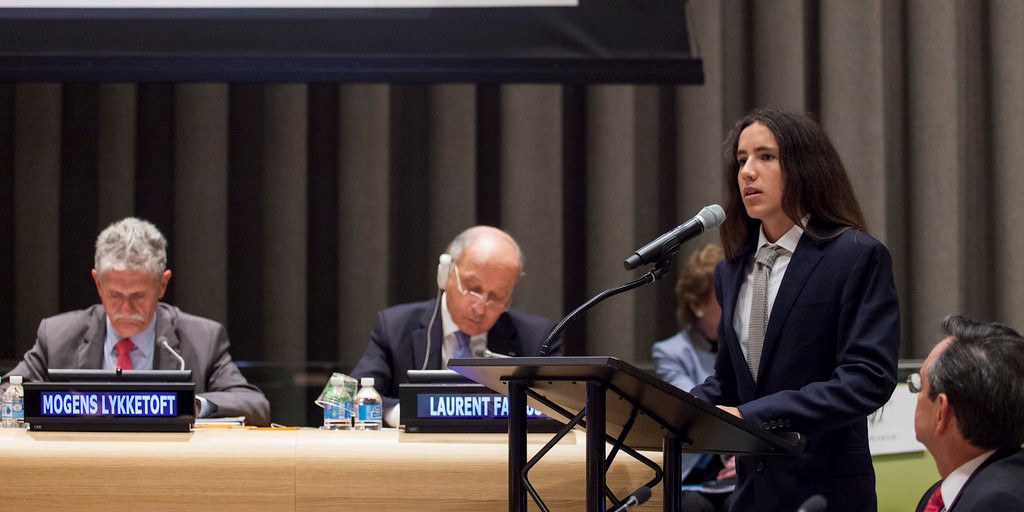 Xiutezcaht Martinez is a 19-year-old environmental advocate of Aztec descent who got his start in political organizing banning pesticide use on public areas in Boulder, CO. He explained in an interview, “We addressed City Council and talked to them about local pesticides in our community and health impacts and asked them to do something about it. And, like, we changed the law â we got them to ban the use of pesticides in public parks. We worked in coalition with other organizations and stuff, but like you could tell that the voice of young people had a really significant impact. Then we were like, damn, this works â putting power and energy into uplifting the voice of young people has a significant impact in the world, and it can influence adults and leaders.”
Xiutezcaht Martinez is a 19-year-old environmental advocate of Aztec descent who got his start in political organizing banning pesticide use on public areas in Boulder, CO. He explained in an interview, “We addressed City Council and talked to them about local pesticides in our community and health impacts and asked them to do something about it. And, like, we changed the law â we got them to ban the use of pesticides in public parks. We worked in coalition with other organizations and stuff, but like you could tell that the voice of young people had a really significant impact. Then we were like, damn, this works â putting power and energy into uplifting the voice of young people has a significant impact in the world, and it can influence adults and leaders.”
Martinez is one of 21 youth plaintiffs in the Juliana v. the United States claiming that the US violated the rights of young people by promoting activities related to the climate crisis. He works with the group Earth Guardians to inspire change and has been involved in the Global Youth Climate Strikes. The next global climate strikes are Friday, November 29th and December 6th.
 SĂŽnia Guajajara represents over 300 Brazilian Indigenous groups through Articulação dos Povos IndĂgenas do Brasil (APBI). She is facing a significant adversary in far-right President Jair Bolsonaro who has approved a record number of new toxic pesticides and turned a blind eye to the rapid deforestation of the Amazon rainforest. âSince Jair Bolsonaro took office, we have lived with constant attacks against our people, Mother Earth and food sovereignty,â says Ms, Guajajara, âEvery week new pesticides are registered. Besides contaminating our soil, our groundwater and negatively impacting our collective health, it is preposterous that the Brazilian Government allows foreign companies to sell products which contain chemicals that are banned in their domestic markets.â
SĂŽnia Guajajara represents over 300 Brazilian Indigenous groups through Articulação dos Povos IndĂgenas do Brasil (APBI). She is facing a significant adversary in far-right President Jair Bolsonaro who has approved a record number of new toxic pesticides and turned a blind eye to the rapid deforestation of the Amazon rainforest. âSince Jair Bolsonaro took office, we have lived with constant attacks against our people, Mother Earth and food sovereignty,â says Ms, Guajajara, âEvery week new pesticides are registered. Besides contaminating our soil, our groundwater and negatively impacting our collective health, it is preposterous that the Brazilian Government allows foreign companies to sell products which contain chemicals that are banned in their domestic markets.â
Beyond Pesticides gives thanks to these courageous advocates.
The Native American Rights Fund issued a Thanksgiving Address: Greetings to the Natural World several years back that we reprint here.
Thanksgiving Address
Greetings to the Natural WorldÂ
The People
Today we have gathered and we see that the cycles of life continue. We have been given the duty to live in balance and harmony with each other and all living things. So now, we bring our minds together as one as we give greetings and thanks to each other as people.
Now our minds are one.
The Earth Mother
We are all thankful to our Mother, the Earth, for she gives us all that we need for life. She supports our feet as we walk about upon her. It gives us joy that she continues to care for us as she has from the beginning of time. To our mother, we send greetings and thanks.
Now our minds are one.
The Waters
We give thanks to all the waters of the world for quenching our thirst and providing us with strength. Water is life. We know its power in many forms-waterfalls and rain, mists and streams, rivers and oceans. With one mind, we send greetings and thanks to the spirit of Water.
Now our minds are one.
The Fish
We turn our minds to the all the Fish life in the water. They were instructed to cleanse and purify the water. They also give themselves to us as food. We are grateful that we can still find pure water. So, we turn now to the Fish and send our greetings and thanks. Now our minds are one.
The Plants
Now we turn toward the vast fields of Plant life. As far as the eye can see, the Plants grow, working many wonders. They sustain many life forms. With our minds gathered together, we give thanks and look forward to seeing Plant life for many generations to come.
Now our minds are one.
The Food Plants
With one mind, we turn to honor and thank all the Food Plants we harvest from the garden. Since the beginning of time, the grains, vegetables, beans and berries have helped the people survive. Many other living things draw strength from them too. We gather all the Plant Foods together as one and send them a greeting of thanks.
Now our minds are one.
The Medicine Herbs
Now we turn to all the Medicine herbs of the world. From the beginning they were instructed to take away sickness. They are always waiting and ready to heal us. We are happy there are still among us those special few who remember how to use these plants for healing. With one mind, we send greetings and thanks to the Medicines and to the keepers of the Medicines.
Now our minds are one.
The Animals
We gather our minds together to send greetings and thanks to all the Animal life in the world. They have many things to teach us as people. We are honored by them when they give up their lives so we may use their bodies as food for our people. We see them near our homes and in the deep forests. We are glad they are still here and we hope that it will always be so.
Now our minds are one.
The Trees
We now turn our thoughts to the Trees. The Earth has many families of Trees who have their own instructions and uses. Some provide us with shelter and shade, others with fruit, beauty and other useful things. Many people of the world use a Tree as a symbol of peace and strength. With one mind, we greet and thank the Tree life.
Now our minds are one.
The Birds
We put our minds together as one and thank all the Birds who move and fly about over our heads. The Creator gave them beautiful songs. Each day they remind us to enjoy and appreciate life. The Eagle was chosen to be their leader. To all the Birds-from the smallest to the largest-we send our joyful greetings and thanks.
Now our minds are one.
The Four Winds
We are all thankful to the powers we know as the Four Winds. We hear their voices in the moving air as they refresh us and purify the air we breathe. They help us to bring the change of seasons. From the four directions they come, bringing us messages and giving us strength. With one mind, we send our greetings and thanks to the Four Winds.
Now our minds are one.
The Thunderers
Now we turn to the west where our grandfathers, the Thunder Beings, live. With lightning and thundering voices, they bring with them the water that renews life. We are thankful that they keep those evil things made by Okwiseres underground. We bring our minds together as one to send greetings and thanks to our Grandfathers, the Thunderers.
Now our minds are one.
The Sun
We now send greetings and thanks to our eldest Brother, the Sun. Each day without fail he travels the sky from east to west, bringing the light of a new day. He is the source of all the fires of life. With one mind, we send greetings and thanks to our Brother, the Sun.
Now our minds are one.
Grandmother Moon
We put our minds together to give thanks to our oldest Grandmother, the Moon, who lights the night-time sky. She is the leader of woman all over the world, and she governs the movement of the ocean tides. By her changing face we measure time, and it is the Moon who watches over the arrival of children here on Earth. With one mind, we send greetings and thanks to our Grandmother, the Moon.
Now our minds are one.
The Stars
We give thanks to the Stars who are spread across the sky like jewelry. We see them in the night, helping the Moon to light the darkness and bringing dew to the gardens and growing things. When we travel at night, they guide us home. With our minds gathered together as one, we send greetings and thanks to the Stars.
Now our minds are one.
The Enlightened Teachers
We gather our minds to greet and thank the enlightened Teachers who have come to help throughout the ages. When we forget how to live in harmony, they remind us of the way we were instructed to live as people. With one mind, we send greetings and thanks to these caring teachers.
Now our minds are one.
The Creator
Now we turn our thoughts to the creator, or Great Spirit, and send greetings and thanks for all the gifts of Creation. Everything we need to live a good life is here on this Mother Earth. For all the love that is still around us, we gather our minds together as one and send our choicest words of greetings and thanks to the Creator.
Now our minds are one.
Closing Words
We have now arrived at the place where we end our words. Of all the things we have named, it was not our intention to leave anything out. If something was forgotten, we leave it to each individual to send such greetings and thanks in their own way.
Now our minds are one.
All unattributed positions and opinions in this piece are those of Beyond Pesticides.
Sources: Environmental Science and Policy. EuroNews. Native American Rights Fund
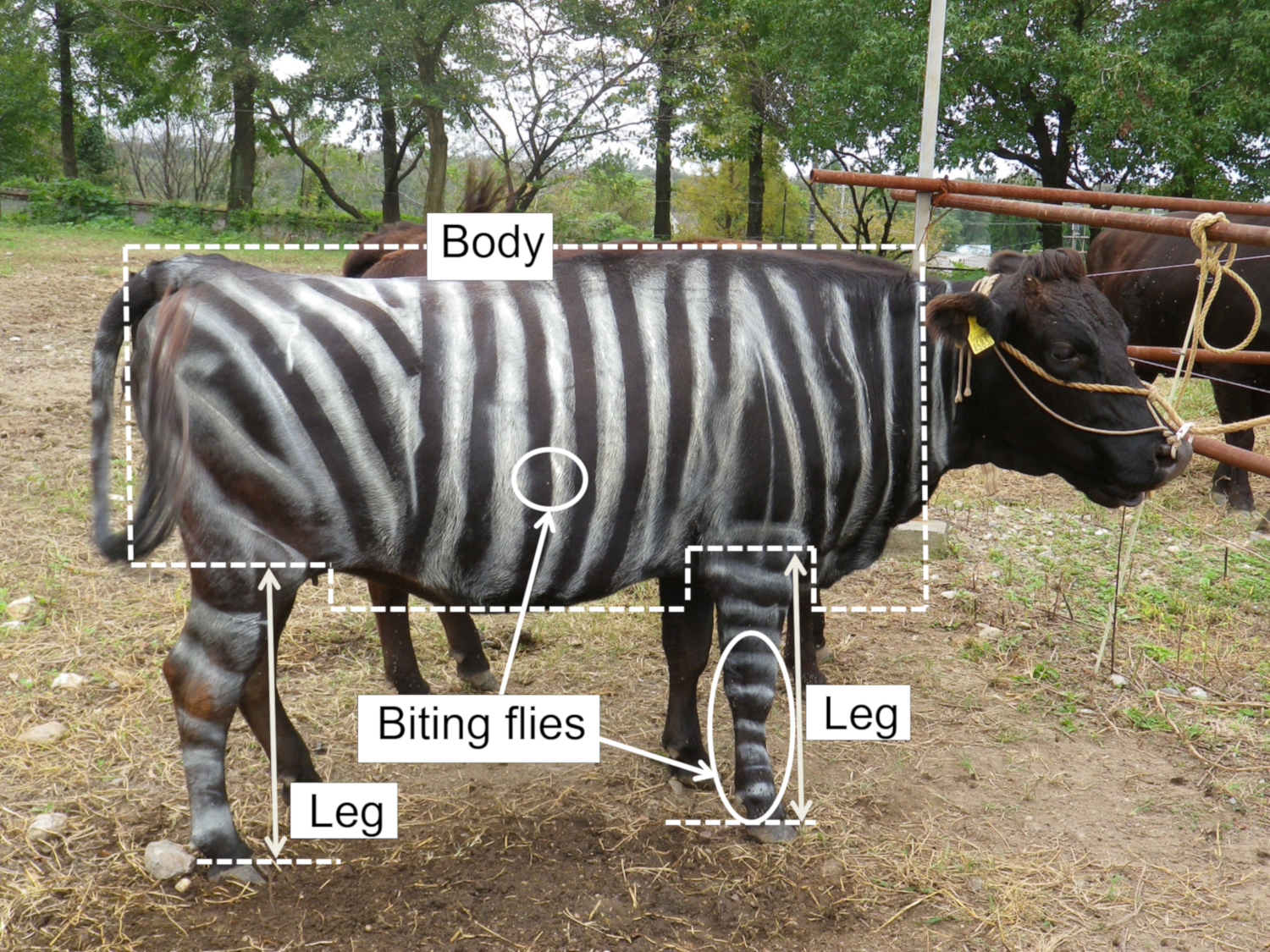









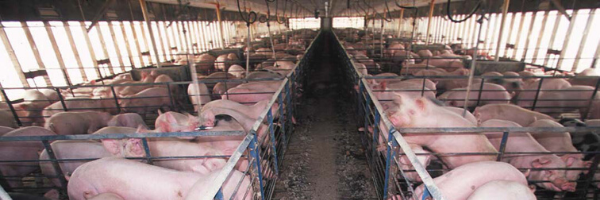 (Beyond Pesticides, January 6, 2020) In the midst of recalls of romaine lettuce contaminated with a pathogenic strain of E. coli, states and counties across the country are calling for a moratorium on large confined animal feeding operations (CAFOs). Now Senator Cory Booker is seeking to pass similar legislation at the national level. These industrial-scale operations are commonly referred to as âfactory farms.â
(Beyond Pesticides, January 6, 2020) In the midst of recalls of romaine lettuce contaminated with a pathogenic strain of E. coli, states and counties across the country are calling for a moratorium on large confined animal feeding operations (CAFOs). Now Senator Cory Booker is seeking to pass similar legislation at the national level. These industrial-scale operations are commonly referred to as âfactory farms.â (Beyond Pesticides, January 3, 2020) In a hard-earned win, the city of Malibu, California collaborated with the Coastal Commission to ban toxic pesticide use in their community. While the city had already voted to
(Beyond Pesticides, January 3, 2020) In a hard-earned win, the city of Malibu, California collaborated with the Coastal Commission to ban toxic pesticide use in their community. While the city had already voted to 



 (Beyond Pesticides, December 19, 2019) Identifying ongoing risk to endangered species, the environmental group
(Beyond Pesticides, December 19, 2019) Identifying ongoing risk to endangered species, the environmental group 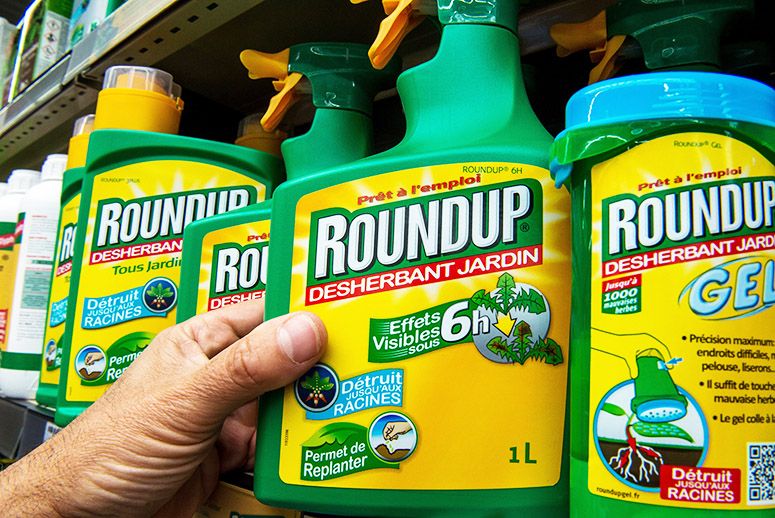 (Beyond Pesticides, December 18, 2019) France is making headlines this month in the great, global glyphosate (Roundup) debate. Last week, the French health and safety agency, ANSES (Agence Nationale de sĂ©curitĂ© sanitaire de lâalimentation, de lâenvironment et du travail or the French Agency for Food, Environmental and Occupational Health & Safety), made preliminary decisions within its review of authorizations for the 69 glyphosate (Roundup) weed killer products allowed for sale in the country. ANSES called for immediate withdrawal of authorization for 36 of those products âdue to a lack or absence of scientific data which would allow all genotoxical risk to be ruled out.â The agency also announced it has denied authorization of 4 out of 11 glyphosate-based products submitted for approval since January, 2018.
(Beyond Pesticides, December 18, 2019) France is making headlines this month in the great, global glyphosate (Roundup) debate. Last week, the French health and safety agency, ANSES (Agence Nationale de sĂ©curitĂ© sanitaire de lâalimentation, de lâenvironment et du travail or the French Agency for Food, Environmental and Occupational Health & Safety), made preliminary decisions within its review of authorizations for the 69 glyphosate (Roundup) weed killer products allowed for sale in the country. ANSES called for immediate withdrawal of authorization for 36 of those products âdue to a lack or absence of scientific data which would allow all genotoxical risk to be ruled out.â The agency also announced it has denied authorization of 4 out of 11 glyphosate-based products submitted for approval since January, 2018.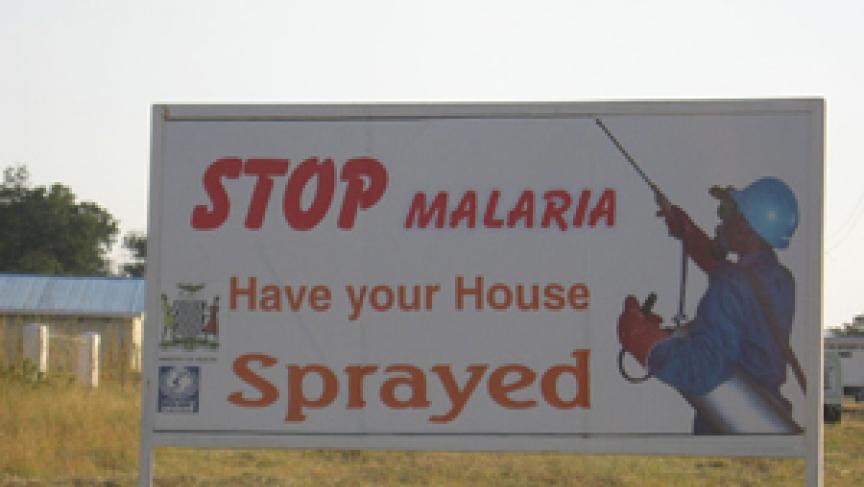 (Beyond Pesticides, December 17, 2019) South Asian immigrants to the U.S. may be at increased risk of diabetes due to prior exposure to high levels of DDT,
(Beyond Pesticides, December 17, 2019) South Asian immigrants to the U.S. may be at increased risk of diabetes due to prior exposure to high levels of DDT, 
 (Beyond Pesticides, December 13, 2019) The findings of a
(Beyond Pesticides, December 13, 2019) The findings of a  (Beyond Pesticides, December 11, 2019) Last week, the European Union voted to ban the neurotoxic insecticides chlorpyrifos and chorpyrifos-methyl from use beginning February 1, 2020.
(Beyond Pesticides, December 11, 2019) Last week, the European Union voted to ban the neurotoxic insecticides chlorpyrifos and chorpyrifos-methyl from use beginning February 1, 2020. (Beyond Pesticides, December 10, 2019) Thousands of fox, coyote, and other carnivores will continue to be poisoned to death by hydrogen cyanide after the Trump Administrationâs Environmental Protection Agency (EPA)
(Beyond Pesticides, December 10, 2019) Thousands of fox, coyote, and other carnivores will continue to be poisoned to death by hydrogen cyanide after the Trump Administrationâs Environmental Protection Agency (EPA)  (Beyond Pesticides, December 9, 2019) Although the influence of regulated corporations has historically silenced science that threatens profits â as shown by industry reaction to Rachel Carson’s Silent Spring â attacks on science in federal agencies have increased in the Trump administration.Â
(Beyond Pesticides, December 9, 2019) Although the influence of regulated corporations has historically silenced science that threatens profits â as shown by industry reaction to Rachel Carson’s Silent Spring â attacks on science in federal agencies have increased in the Trump administration.  (Beyond Pesticides, December 6, 2019) A current ban of two pesticides â
(Beyond Pesticides, December 6, 2019) A current ban of two pesticides â 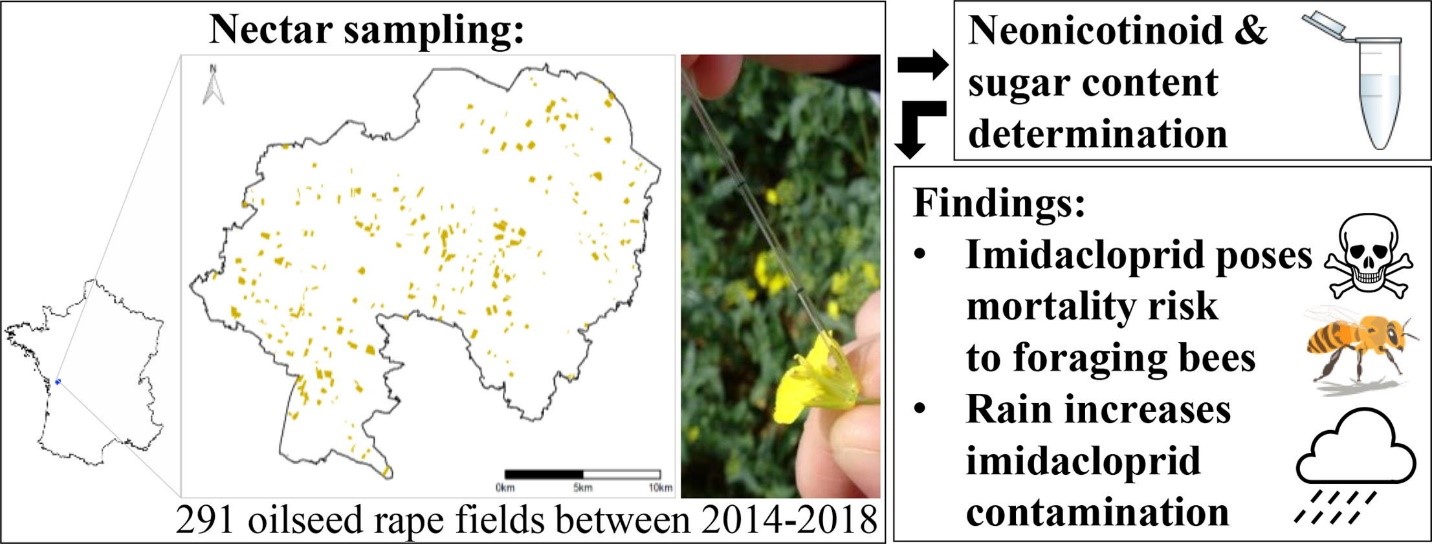 (Beyond Pesticides, December 5, 2019) Five years after three
(Beyond Pesticides, December 5, 2019) Five years after three  (Beyond Pesticides, December 4, 2019) Last week, Thailandâs government shifted course from banning three toxic pesticides to only restricting the use of glyphosate and delaying the enforcement of bans on paraquat and chlorpyrifos. After an initially strong stance, the government is now bending to pressure from the U.S. government and the chemical-intensive farming industry.
(Beyond Pesticides, December 4, 2019) Last week, Thailandâs government shifted course from banning three toxic pesticides to only restricting the use of glyphosate and delaying the enforcement of bans on paraquat and chlorpyrifos. After an initially strong stance, the government is now bending to pressure from the U.S. government and the chemical-intensive farming industry. (Beyond Pesticides, December 3, 2019) Common yard care practices are driven by income, age, geography, and peer-pressure, according to research funded by the
(Beyond Pesticides, December 3, 2019) Common yard care practices are driven by income, age, geography, and peer-pressure, according to research funded by the  (Beyond Pesticides, December 2, 2019)Â December 2 marks the 35th anniversary of the worldâs worst industrial chemical accident. During the night of December 2, 1984, the Union Carbide pesticide manufacturing plant released the highly toxic gas methyl isocyanate (MIC) into the air of Bhopal, India. The reports were horrifying â an estimated
(Beyond Pesticides, December 2, 2019)Â December 2 marks the 35th anniversary of the worldâs worst industrial chemical accident. During the night of December 2, 1984, the Union Carbide pesticide manufacturing plant released the highly toxic gas methyl isocyanate (MIC) into the air of Bhopal, India. The reports were horrifying â an estimated  Raymond Owl, an elder from Sagamok First Nation in Canada is suing the government for aerial spraying of glyphosate. “It’s still our land. We never sold it. We just gave you a right to live here. That’s all you got. But you don’t have authority what you do to our land,” Owl
Raymond Owl, an elder from Sagamok First Nation in Canada is suing the government for aerial spraying of glyphosate. “It’s still our land. We never sold it. We just gave you a right to live here. That’s all you got. But you don’t have authority what you do to our land,” Owl  Xiutezcaht Martinez is a 19-year-old environmental advocate of Aztec descent who got his start in political organizing banning pesticide use on public areas in Boulder, CO. He explained in
Xiutezcaht Martinez is a 19-year-old environmental advocate of Aztec descent who got his start in political organizing banning pesticide use on public areas in Boulder, CO. He explained in  SĂŽnia Guajajara represents over 300 Brazilian Indigenous groups through
SĂŽnia Guajajara represents over 300 Brazilian Indigenous groups through 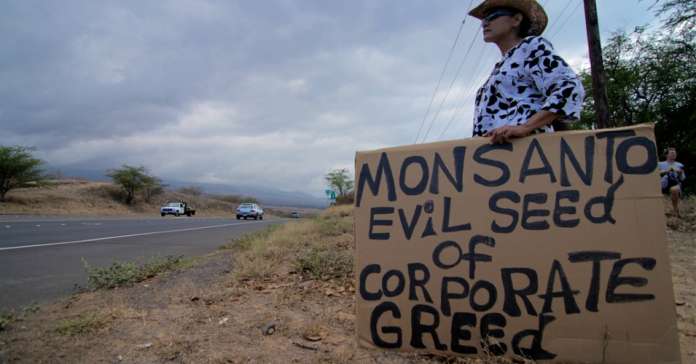 (Beyond Pesticides, November 26, 2019) Bayerâs Monsanto endangered public health and the environment by knowingly storing and applying the highly hazardous and banned insecticide
(Beyond Pesticides, November 26, 2019) Bayerâs Monsanto endangered public health and the environment by knowingly storing and applying the highly hazardous and banned insecticide 
